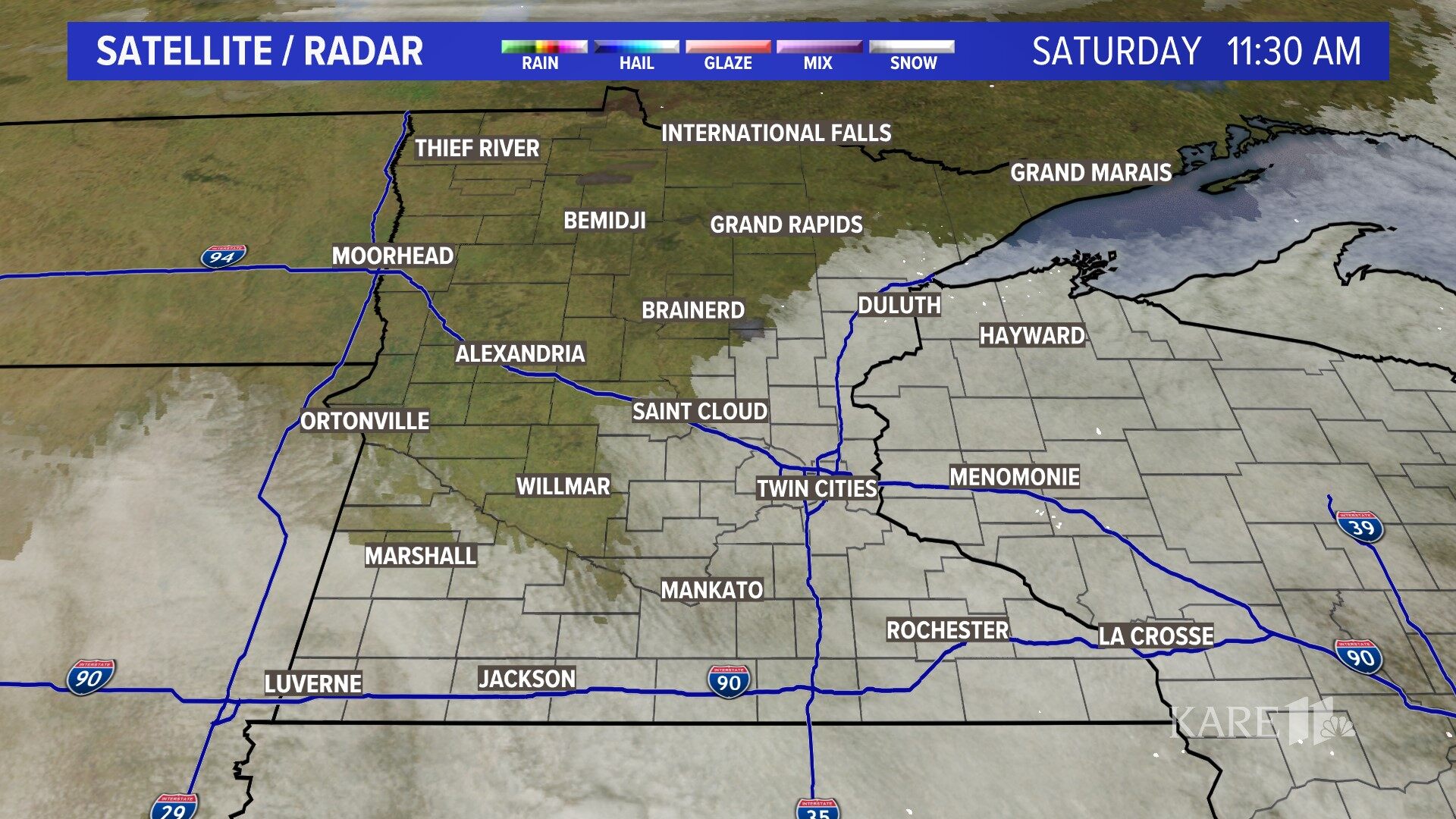Minneapolis Weather: Your Ultimate Guide to the City's Climate and Forecast
Minneapolis, the vibrant and bustling capital of Minnesota, is known for its exciting blend of lakeside charm and urban attractions. However, the city's weather can be quite unpredictable, with frigid winters and humid summers. As a visitor or resident, staying informed about the latest weather forecast and radar images is crucial to planning your outdoor activities and making the most of your time in Minneapolis. In this comprehensive guide, we will delve into the world of Minneapolis weather, exploring the city's climate, forecasting tools, and radar images.
Understanding Minneapolis Weather
Minneapolis experiences a humid continental climate, characterized by cold winters and warm summers. The city's proximity to Lake Superior has a moderating effect on its climate, but it still experiences significant temperature fluctuations throughout the year. The average temperature in January, the coldest month, is around 14°F (-10°C), while July, the warmest month, averages a balmy 82°F (28°C).
The city receives an average of 35 inches (89 cm) of precipitation annually, with most of it falling between June and September. Minneapolis is also known for its lake-effect snow, which can dump heavy snowfall on the city during the winter months.
Forecasting Tools for Minneapolis Weather
To stay informed about Minneapolis weather, residents and visitors can rely on a range of forecasting tools and resources. Here are some of the most popular options:
- The National Weather Service (NWS) provides up-to-date weather forecasts and warnings for Minneapolis and the surrounding area. The NWS website (weather.gov) offers detailed forecasts, weather maps, and alerts for severe weather conditions.
- The Weather Channel (weather.com) is another trusted source for Minneapolis weather forecasts. The website offers detailed forecasts, radar images, and weather news, as well as mobile apps for on-the-go access.
- AccuWeather (accuweather.com) is a popular online weather service that provides detailed forecasts and weather alerts for Minneapolis. The website also offers a range of tools and resources, including a 10-day forecast and a weather radar map.
Radar Images for Minneapolis Weather
Radar images play a critical role in understanding Minneapolis weather, providing a visual representation of precipitation and severe weather conditions. Here are some ways to access radar images for Minneapolis weather:
- The NWS website (weather.gov) offers a range of radar images for Minneapolis, including 1-mile, 2-mile, and 5-mile radars. The website also provides detailed information about the radar images, including the type of precipitation and the severity of the weather conditions.
- The Weather Channel (weather.com) offers a range of radar images for Minneapolis, including a 5-mile radar and a 10-mile radar. The website also provides detailed information about the radar images, including the type of precipitation and the severity of the weather conditions.
- AccuWeather (accuweather.com) offers a range of radar images for Minneapolis, including a 5-mile radar and a 10-mile radar. The website also provides detailed information about the radar images, including the type of precipitation and the severity of the weather conditions.
Tips for Interpreting Radar Images
Radar images can be complex and difficult to interpret, especially for those without prior experience. Here are some tips for interpreting radar images:
- Look for the type of precipitation: Radar images typically show the type of precipitation, including rain, snow, and hail. This information can help you plan your outdoor activities and make informed decisions about travel.
- Evaluate the severity of the weather conditions: Radar images provide a visual representation of the severity of the weather conditions, including the amount of precipitation and the intensity of the weather.
- Check the radar image for signs of severe weather: Radar images can help you identify signs of severe weather, including tornadoes, thunderstorms, and heavy precipitation. This information can help you stay safe and make informed decisions about your daily activities.
Frequently Asked Questions About Minneapolis Weather
Here are some frequently asked questions about Minneapolis weather:
- Q: What is the best time to visit Minneapolis?
A: The best time to visit Minneapolis is during the spring and summer months, when the weather is warm and sunny. - Q: What is the coldest month in Minneapolis?
A: The coldest month in Minneapolis is January, with an average temperature of around 14°F (-10°C). - Q: What is the snowiest month in Minneapolis?
A: The snowiest month in Minneapolis is February, with an average of around 10 inches (25 cm) of snowfall. - Q: What is the average temperature in Minneapolis during the summer?
A: The average temperature in Minneapolis during the summer is around 82°F (28°C). - Q: What is the average precipitation in Minneapolis?
A: The average precipitation in Minneapolis is around 35 inches (89 cm) per year.
Conclusion
Minneapolis weather can be unpredictable, but with the right tools and resources, you can stay informed and make the most of your time in the city. By understanding the city's climate, using forecasting tools, and interpreting radar images, you can plan your outdoor activities and stay safe during severe weather conditions. Whether you're a resident or visitor, this guide provides the ultimate resource for understanding Minneapolis weather and making the most of your time in the city.
Dwayne Wayans
Are Mykie And Anthony Padillatillating
Big Meech Net Worth 2024
Article Recommendations
- Rick Harrison Net Worth
- Is Tony Hinchcliffe Married
- Anjali Arora
- Gina Wap
- Massad Boulos
- Zooemoore
- Link
- Hisashi Ouchi Real
- Massad Boulos Biography
- 2 Actorsied Yesterday 2024


